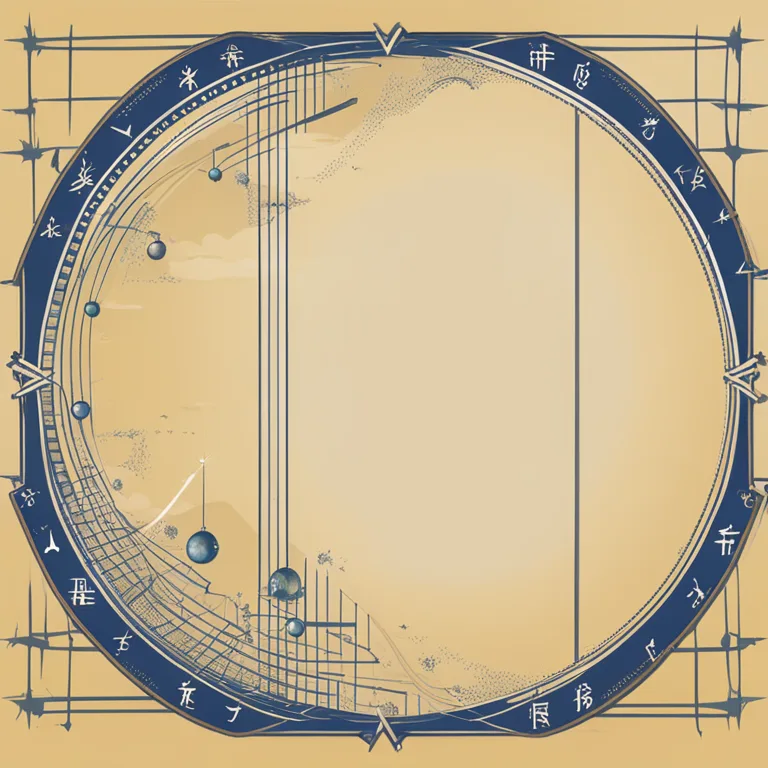
The Origins of Zodiac Signs
Discover the mystical roots and historical backdrop of the twelve zodiac signs that have guided human destiny for centuries.
article by Sofia Ferguson
A Celestial Blueprint
From ancient skies to modern horoscopes, the Zodiac signs represent a celestial blueprint that has intrigued humanity for millennia. With origins deeply rooted in astrology, these constellations form a belt around the earth where planets seemingly travel, influencing our lives in unseen ways. The term "zodiac" itself comes from the Greek word "zodiakos," which means "circle of animals," a tribute to the various creatures seen in its twelve distinctive constellations. Each sign corresponds to a segment of the ecliptic circle, serving as a cosmic map to personal destinies and universal truths.

Babylonian Beginnings
Astrology's zodiac signs first took shape among the stars via the Babylonians, who, through meticulous observation, linked celestial patterns to seasonal shifts around 2,500 years ago. Their astrological system, which included dividing the sky into twelve equal parts, was later inherited and refined by the ancient Greeks. The Greeks named the constellations after figures from their rich mythology, giving rise to the familiar symbols and stories which characterize each zodiac sign today. As these astrological beliefs spread across civilizations, they adapted to incorporate local culture and knowledge.

Hellenistic Influences
The Hellenistic period was a heyday for astrology, where a fusion of Greek, Egyptian, and Babylonian knowledge resulted in the zodiac signs gaining widespread cultural significance. This era saw the birth of the horoscopic astrology we recognize today, which uses an individual's birth chart to forecast their life based on the positions of the sun, moon, and planets at their time of birth. Astrologers began crafting personalized predictions, a practice that continues to evolve with each generation and remains popular in the year 2024 and beyond.

Astrological Archetypes
The twelve signs are divided into four elements – fire, earth, air, and water – which symbolize different types of energy and traits. Aries, Leo, and Sagittarius are passionate fire signs; Taurus, Virgo, and Capricorn embody pragmatic earth signs; Gemini, Libra, and Aquarius are intellectual air signs; while Cancer, Scorpio, and Pisces reflect the intuitive water signs. Each sign also corresponds to specific celestial body positions, thus providing a unique astrological archetype that forms the basis for future forecasts and compatibility studies.

Modern-Day Relevance
Today, the constellations of the zodiac continue to guide astrologers in creating horoscopes that offer insight into personality traits, relationships, and life events. As we advance into 2024, astrologers integrate modern developments and astronomical data to refine the ancient art of astrology. The continued relevance of zodiac signs underscores our enduring quest for understanding, self-awareness, and connection with the universe.
Published: 12/18/2023
Modified: 12/18/2023
More predictions
Come back here soon to learn more about yourself and your future


Zodiac & Biorhythm Synergy
Merge the wisdom of the stars and bodily rhythms to find the harmony in love. Discover how zodiac signs and biorhythms contribute to relationship compatibility.


The Dynamics of Physical Compatibility
Delve into the subtleties of physical compatibility in relationships and its impact on lasting connections.


Compatibility & Suitability: A Love Guide
Delve into the nuanced differences between compatibility and suitability in relationships, and discover paths to harmonious partnerships.